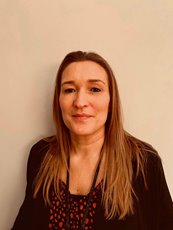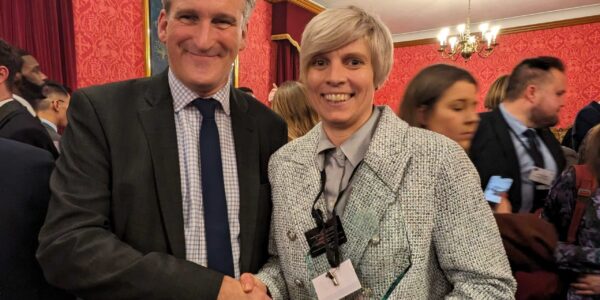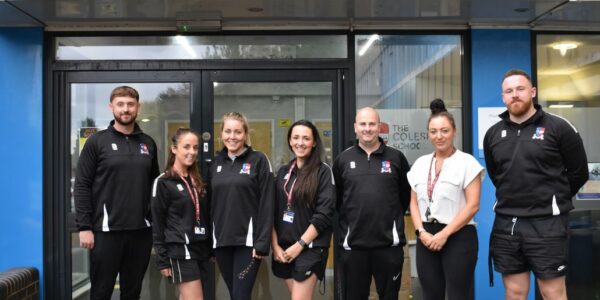Using the Framework for Ethical Leadership in Education to create ethically inclusive schools
10 February 2020

By Karen Cornell, assistant headteacher and Behaviour Lead, The Coleshill School, NGA blog

“Ethical behaviour is doing the right thing when no one else is watching” Aldo Leopold (1887 – 1948)
Ethical inclusion is not a box ticking exercise, it is not something we do to impress inspectors or to gain a shiny new logo to be displayed on the school website; we do it because it is the right thing to do for our children. In Warwickshire and at The Coleshill School we are committed to ensuring that no child is left behind, no child falls by the wayside because they may not look good on a data dashboard. No child is left to bounce from school to school until they bounce out of the system and in to a life of cyclical low expectations and disappointment. And when we say ‘our’ children, we truly mean it! In Warwickshire there is a shared responsibility between the Local Authority and all schools (with a commitment from each Headteacher) that we will avoid permanent exclusions at all costs; permanent exclusions that put pressure on shared resources and are to the detriment of the child and inevitably society.
So what does ethical inclusion look like in our setting?
Our children and community rely on us to support both challenging students and those who are sometimes affected by those students. The easy decision is not always the right decision and we aim to commit to all the children in our wider community and society, not just those on our roll. As such we meet as a team (consisting of empowered behaviour leads like myself, supportive agencies like YOS and Educational Psychologists and our LEA representatives) every month to discuss our most difficult students and to place them supportively into schools. We are not claiming to have zero permanent exclusions, but we have used the framework to ensure that when we are forced to exclude, it is for the benefit of all stakeholders and not just because it is the easy option. I am pleased to say though that, as a result of this way of working, we saw a 50% reduction in permanent exclusions across Warwickshire in 2018/2019. In our context, at The Coleshill School – where we have increased in numbers from 741 in 2014 to 1200 in Sep 2019 – we had only 1 permanent exclusion last year despite increased roll and diversity of intake.
The work we have done as schools across Warwickshire has been made easier by the introduction of the ‘W’ code (W standing for Warwickshire). One of the biggest barriers for schools in taking on challenging students is the fear of a negative impact on results and being left alone to cope with supporting these vulnerable children. This is not the case in Warwickshire. The ‘W’ code project revolves around identifying students who are at risk of falling out of the system and giving them a code. This code is not a label but more of a flag that shines a light on these children to ensure we keep them in mind.
By keeping our focus on getting the very best outcomes for these ‘W code’ students and using the “Ethical Leadership Framework” we challenge and support each other across schools. We have a centralised assessment gateway that all schools, primary and secondary, refer children through. When a learner is referred through the gateway this is where they are identified as a W code student. This information is logged onto the WCC database and the W code (flag) is assigned.
We, primary and secondary school leaders, then monitor these students’ journey and outcomes at key transition points and prepare and plan to support them. This year was the first year of the project and we collated the outcomes of the year 11’s and we’re really pleased to see how well these children did, compared to if we had not been ethically inclusive.
The outcomes from this have resulted in there being no evidence off-rolling across the county. In addition, 23% of the year 11 W code students achieved L4+ English and Maths, which when compared to the national figure of 3% achieving L4+ English and Maths has been a real success. This has proven to us that by being ethical leaders our children benefit.
This has changed the paradigm within schools by not seeing these students as a negative impact on schools’ outcomes and in fact as something for us to celebrate. Indeed, collaborative, innovative approaches across Warwickshire have grown from the Ethical Leadership Framework, the ‘W’ code, and next year we will be able to report on the success of our new ‘GRIT programme…’ Watch this space!
At The Coleshill School we have fully embraced Ethical Inclusion through Ethical leadership, despite the challenges it has sometimes presented us. We have used the materials provided through becoming a Pathfinder school, to grow as leaders, generating a growth mind-set from the top down. An initial reflection session enabled people to be open to the idea of Ethical Leadership as a way of working as opposed to a theory. This then enabled us to move forward with practical case studies and activities to shape our decisions. We embark on the next level of our project with Peter F Drucker’s words in mind: Management is doing things right; leadership is doing the right thing.
Karen Cornell is currently Assistant Headteacher and Behaviour Lead at the Coleshill School in Warwickshire, having been in the profession for 21 years following her PGCE (English) qualification at Loughborough University. Even as an NQT she was dedicated to pastoral care and secured her first Year Leader role as an NQT, leading her into a child centered career working with a range of children in a range of settings. She completed her NPQSL in 2015 with a focus on supporting underachieving boys.
Alongside her school role, Karen has recently become the representative for Ethical Inclusion in Warwickshire and is dedicated to using the Ethical Leadership Framework to support challenging children to be successful in education and to reduce the use of Permanent Exclusions in schools. Outside of Education Karen enjoys time with her husband and two teenage children, attempting to undertake at least one Sprint Triathlon a year – even if at a snail’s pace.



